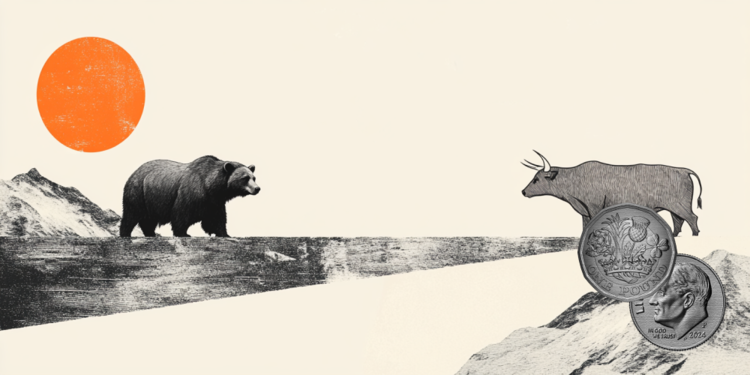Climatic events are mainly responsible for the explosion of oropouche fever cases, according to a study published in the journal The Lancet, which analyzed data from six Latin American countries, including Brazil.
“The risk of infection will probably dynamically evolve in the coming decades, with potential for large -scale future outbreaks,” says researchers at the study.
In our country, the disease was considered endemic in the Amazon region, with few cases isolated in other places. But since 2023, the number of records has been increasing, with unpublished diagnoses in several states. Of 833 infections confirmed that year, there was a leap to 13,721 in 2024, with at least four deaths. This year, until April 15, the Ministry of Health confirmed 7,756 cases and a death is under investigation.
Oropouche fever is an arbovirosis, caused by the virus ORTHOBUNYAVIRUS OROPOUCHEENSE. This antigen is transmitted by the mosquito Culicoids paraensispopularly known as Maruim, who lives in humid and hot plant areas.
The symptoms are similar to those of dengue:
- Intense headache;
- Muscle pain;
- Fever.
Underpinked disease
The multidisciplinary study analyzed more than 9,400 blood samples harvested in 2021 and 2022 of healthy and feverish people from methods in vitroserological, molecular and genomic. The researchers also produced a spatial modeling by combining this data with the disease cases recorded throughout Latin America.
The average IgG antibody detection rate (proving that the person has already been infected by the virus at some point in life) was 6.3%, from 10% in regions of the Amazon. Positive samples were found in individuals of 57% of the selected locations.
For the researchers, this points out that Oropouche fever has been underdiagnosed. In addition, the identification of these antibodies in samples gathered during dengue outbreaks may indicate that people with oropouche have been diagnosed with dengue, also considering the similarity of symptoms between diseases.
Spatiotemporal models showed that climate variables, such as temperature and rain standard changes, were the main influence factors for the dissemination of oropouche, contributing 60%. Therefore, the researchers believe that extreme climate events, such as El Niño, probably played a key role in the outbreak started in 2023.
The article explains that changes in weather conditions may favor increased transmission of the virus that causes oropouche fever by raising the populations of Maruins, favoring the transmission of Maruins females to their puppies, or intensifying viral replication in more animals.
Mosquito Maruim transmits the fever of Oropouche – Federal Council of Pharmacy/Disclosure
Higher risk regions
The resulting map of these models shows that the risk of increased transmission is higher in the coastal regions of the country, especially from Espírito Santo to Rio Grande do Norte, and also in a track from Minas Gerais to Mato Grosso, as well as the entire Amazon region. “In regions with high risk of OROV transmission [vírus da febre do oropouche]where cases have not yet been reported, increased surveillance is crucial to understanding and responding effectively to current and future outbreaks, ”the researchers recommend.
The study also argues that diagnostic tests for oropouche should be prioritized, and vector control strategies, with those used to reduce the proliferation of Aedes aegyptimust be adapted to include the Maruins. In addition, they encourage further studies on the disease and for the development of a vaccine.
Are extreme climate events becoming more frequent? Understand
This content was originally published in research shows influence of climate events on Oropouche outbreak on CNN Brazil.
Source: CNN Brasil
I am an experienced journalist and writer with a career in the news industry. My focus is on covering Top News stories for World Stock Market, where I provide comprehensive analysis and commentary on markets around the world. I have expertise in writing both long-form articles and shorter pieces that deliver timely, relevant updates to readers.







